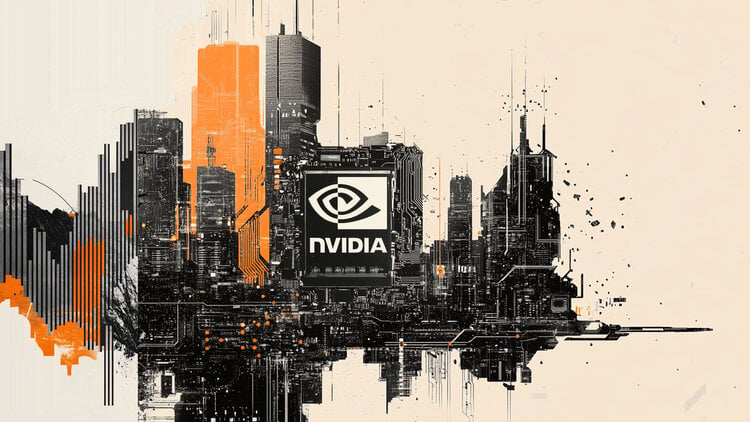As of June 9, Nvidia stock is trading at $141.72, up 1.2% in the past 24 hours. The stock has continued its sharp uptrend, gaining nearly 45% over the past two months.
From a charting perspective, Nvidia remains in a strong bullish trend.
Highlights
- Nvidia is trading at $141.72 after a 1.2% daily gain, continuing its strong upward trend.
- The stock is nearing key resistance at $153, supported by robust technicals and rising AI-driven demand.
- A breakout could push the price toward $160 in the near term.
The short-term technical indicators reflect this upward pressure. The Relative Strength Index (RSI) is currently hovering around 68, just below the overbought threshold of 70. This suggests that while the momentum remains strong, there is limited upside room before potential profit-taking or consolidation. However, the RSI has consistently remained elevated in recent weeks, a characteristic often seen in stocks with strong institutional demand and accelerating earnings potential.
The moving averages reinforce the bullish case. Nvidia trades well above its 20-day and 50-day moving averages, currently at $136 and $125 respectively. The slope of these moving averages remains upward, with the shorter-term averages clearly diverging from the longer-term ones — a sign of strong directional trend. The 200-day moving average is far below current levels at around $96, highlighting the steepness of the stock’s climb since the beginning of 2025. These levels act as dynamic support zones should the stock pull back from its current highs.

NVDA stock price dynamics (April 2025 – June 2025). Source: TradingView
Momentum indicators such as MACD also support the bullish outlook. The MACD line is comfortably above the signal line, confirming buying strength. Volume has remained robust, particularly on days when Nvidia posts gains of more than 2 percent, indicating strong participation. However, the recent gains have also slightly narrowed the Bollinger Bands, suggesting a short-term cooling period may be imminent.
Market context: Macro clarity and AI capex drive sentiment
Nvidia’s bullish trajectory is not purely technical; it is underpinned by meaningful macro and sector-specific drivers. In the last month, Nvidia has benefited from a more favorable regulatory backdrop, as U.S. officials have relaxed some of the restrictions on AI chip exports to certain global markets, notably China. This change opens up incremental revenue streams and alleviates geopolitical pressure that had previously weighed on the stock.
Furthermore, the company’s fundamentals remain rock solid. Its most recent quarterly report showed revenue of $44.06 billion, outpacing Wall Street’s consensus estimate of $43.32 billion. CEO Jensen Huang struck a confident tone during the earnings call, citing surging demand for Nvidia’s data center offerings and reiterating the company’s commitment to expanding production capacity. Nvidia also announced a multi-billion-dollar deal with Saudi AI firm Humain, providing 18,000 next-gen chips. The scale of this transaction positions Nvidia squarely at the center of global AI infrastructure development.
Adding to the macro tailwind, capital expenditures by major tech giants such as Meta, Amazon, Microsoft, and Apple continue to exceed $800 billion in aggregate, much of which is flowing into AI compute infrastructure. This creates sustained long-term demand for Nvidia’s cutting-edge chips and server solutions. Meanwhile, AI-driven demand for GPUs in edge computing, autonomous vehicles, and data centers reinforces the company’s revenue pipeline well into 2026.
Breakout above $153 likely with $160 as next target
Given the strong technical positioning and fundamental support, Nvidia appears poised to test and likely breach the $153 resistance in the coming sessions. Should this breakout materialize on high volume, the next upside target lies at $160, a psychological level and round-number resistance. A move above this could open the path toward $165 within the next two to three weeks if broader market sentiment remains supportive.
In a less bullish but still constructive scenario, if Nvidia fails to break out immediately, it could consolidate between $139 and $153 over the next week. A retest of the 20-day moving average near $136 would be a healthy technical correction, potentially setting the stage for a more sustainable advance. On the downside, any close below the 50-day moving average at $125 would invalidate the short-term bullish thesis and suggest a deeper retracement.
Nvidia’s recent rally faces some headwinds after a company director proposed selling $550 million in stock, raising concerns among investors. Large insider sales, especially following sharp price gains, often signal caution about near-term valuation.

